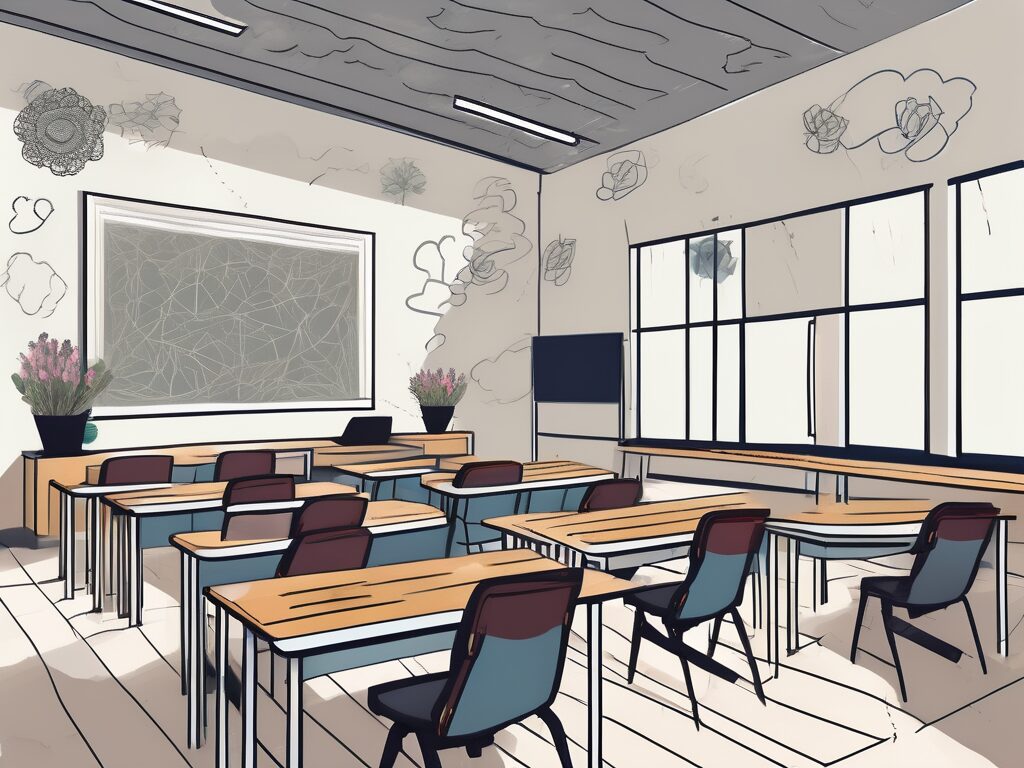Education is a fundamental pillar of any society, and the role of teachers in shaping the minds of the future is undeniably crucial. However, the teaching profession is not without its challenges. This is particularly true in developing countries like Malaysia and Qatar, where educators often face a unique set of obstacles. This article aims to delve into the complexities of teaching in these two nations, highlighting the commonalities and differences in the challenges faced.
Understanding the Education Landscape
Before we delve into the specifics, it’s essential to understand the broader education landscape in both Malaysia and Qatar. Both countries have made significant strides in improving their education systems, but they also face unique challenges due to their socio-economic and cultural contexts.
In Malaysia, the education system is highly centralised, with the Ministry of Education overseeing all aspects of education, from pre-school to higher education. The country has made significant strides in improving access to education, but issues such as rural-urban disparities and the quality of education remain.
Qatar, on the other hand, has a more decentralised education system, with a mix of public and private schools. The country has invested heavily in education as part of its national vision 2030, but it also faces challenges such as the integration of migrant students and the quality of education.
Common Challenges
Curriculum Implementation
One of the common challenges faced by teachers in both Malaysia and Qatar is the implementation of the curriculum. In Malaysia, the curriculum is often criticised for being too exam-oriented, putting pressure on teachers to focus on rote learning rather than fostering critical thinking skills. Similarly, in Qatar, teachers often struggle with implementing a curriculum that is culturally relevant and engaging for students.
Moreover, both countries have introduced reforms to make their curriculums more student-centred and skills-based. However, these reforms often require a shift in teaching methods, which can be challenging for teachers who are used to traditional methods of teaching.
Professional Development
Another common challenge is the lack of opportunities for professional development. In both countries, teachers often lack the necessary training to implement new teaching methods or use new technologies in the classroom. This is particularly true in rural areas, where access to training opportunities may be limited.
Furthermore, the teaching profession is often not seen as a desirable career choice, leading to a lack of motivation and high turnover rates. This is particularly true in Malaysia, where the teaching profession is often seen as a last resort for those who cannot find other jobs.
Unique Challenges
Language Barriers
In Malaysia, language barriers pose a significant challenge. The country’s multilingual society means that teachers often have to teach in multiple languages, which can be difficult for those who are not fluent in all of Malaysia’s official languages. This is particularly true in rural areas, where students may not be fluent in the national language.
In contrast, language barriers are less of an issue in Qatar, where Arabic is the primary language of instruction. However, the country’s large expatriate population means that teachers often have to cater to students who are not fluent in Arabic, which can be challenging.
Socio-economic Disparities
Another unique challenge is the socio-economic disparities in both countries. In Malaysia, rural-urban disparities are a significant issue, with students in rural areas often having less access to quality education than their urban counterparts. This puts pressure on rural teachers, who often have to deal with a lack of resources and support.
In Qatar, the challenge is somewhat different. The country’s wealth has led to a high demand for private education, leading to a two-tier education system. This puts pressure on public school teachers, who often have to deal with larger class sizes and less resources than their private school counterparts.
Conclusion
Teaching in Malaysia and Qatar presents a unique set of challenges, shaped by the socio-economic and cultural contexts of the two countries. While there are common challenges such as curriculum implementation and professional development, there are also unique challenges such as language barriers and socio-economic disparities.
Addressing these challenges requires a multi-faceted approach, including policy reforms, investment in teacher training, and efforts to raise the status of the teaching profession. By doing so, both countries can ensure that their teachers are well-equipped to shape the minds of the future.
Elevate Your Teaching Career with IPGCE
Understanding the challenges faced by educators in Malaysia and Qatar is just the first step. If you’re ready to overcome these hurdles and enhance your teaching qualifications, join IPGCE, the UK’s #1 Teacher Training Course. Our International Postgraduate Certificate in Education is designed to support your journey towards Qualified Teacher Status, offering a pathway to increased interview callbacks, promotion rates, and salary growth. Connect with a global network of professionals, gain a deeper understanding of international curricula, and balance your professional development with your existing commitments through our flexible online study options. Don’t let inadequate credentials or isolation hold you back. Join the IPGCE program today and take a significant step towards shaping the minds of the future with confidence and competence.

